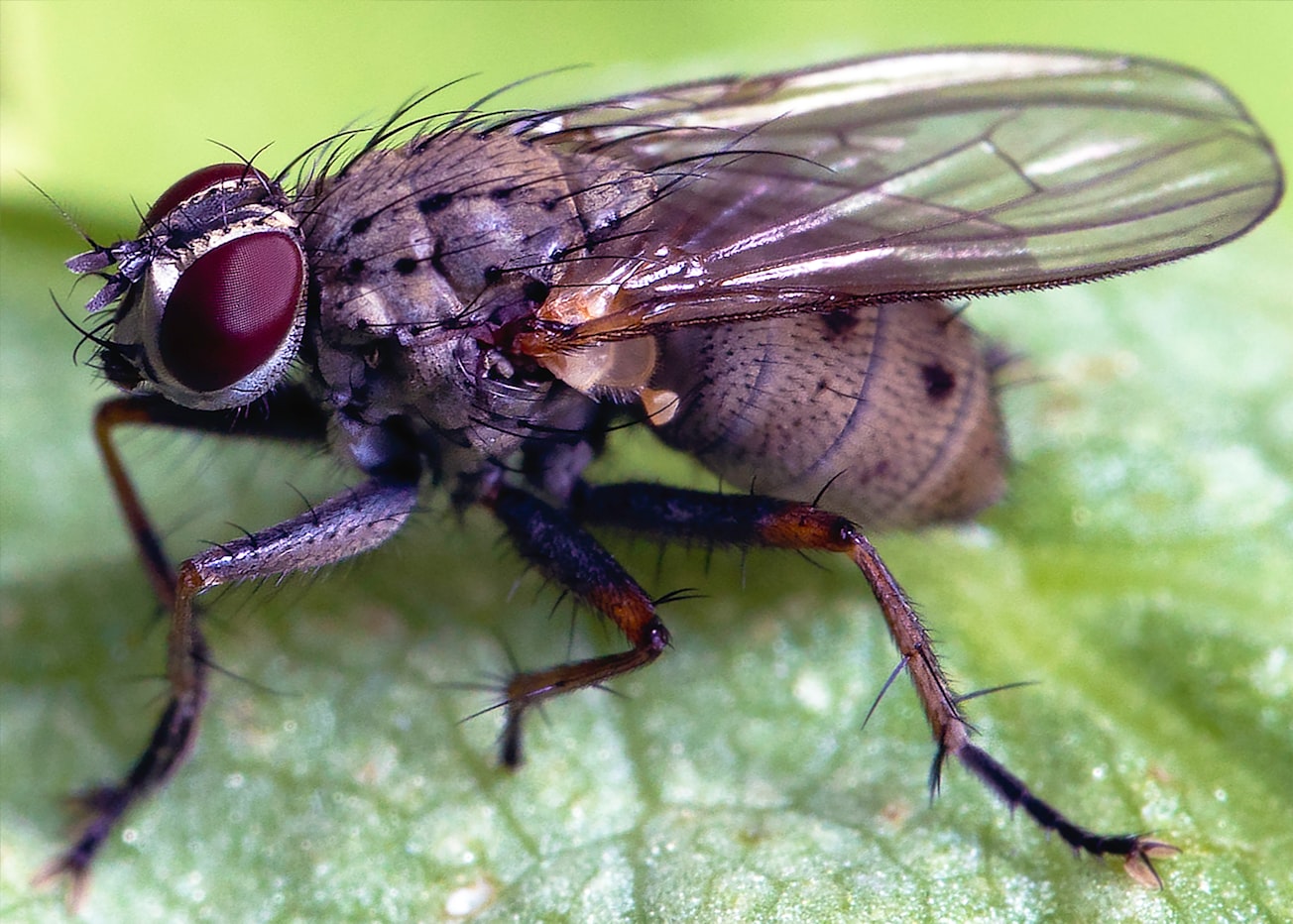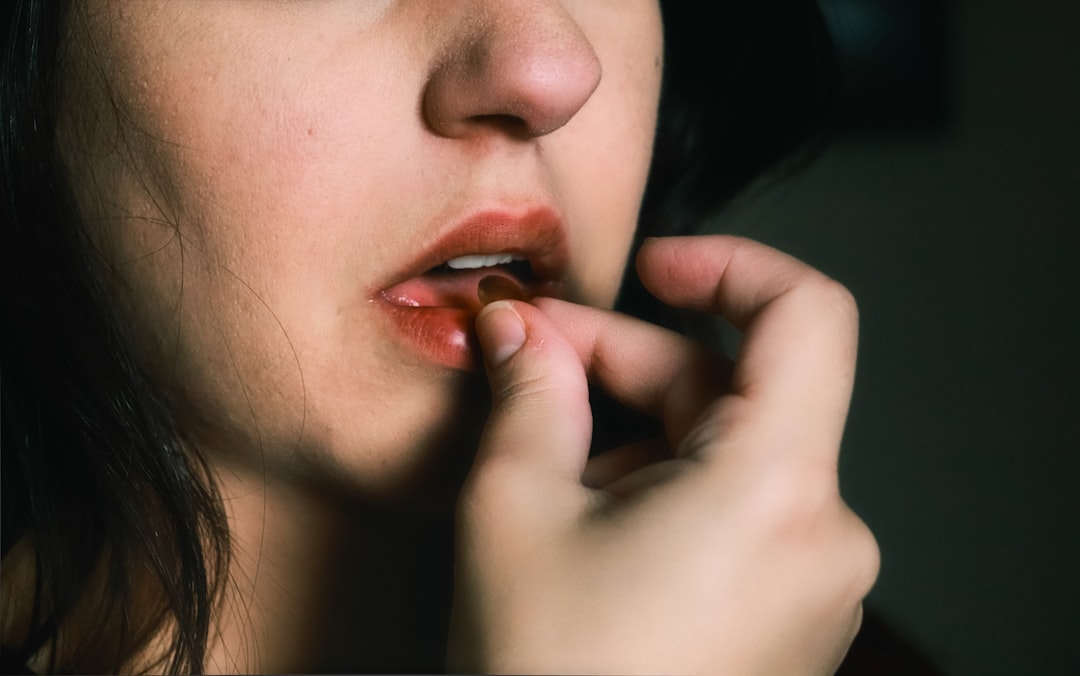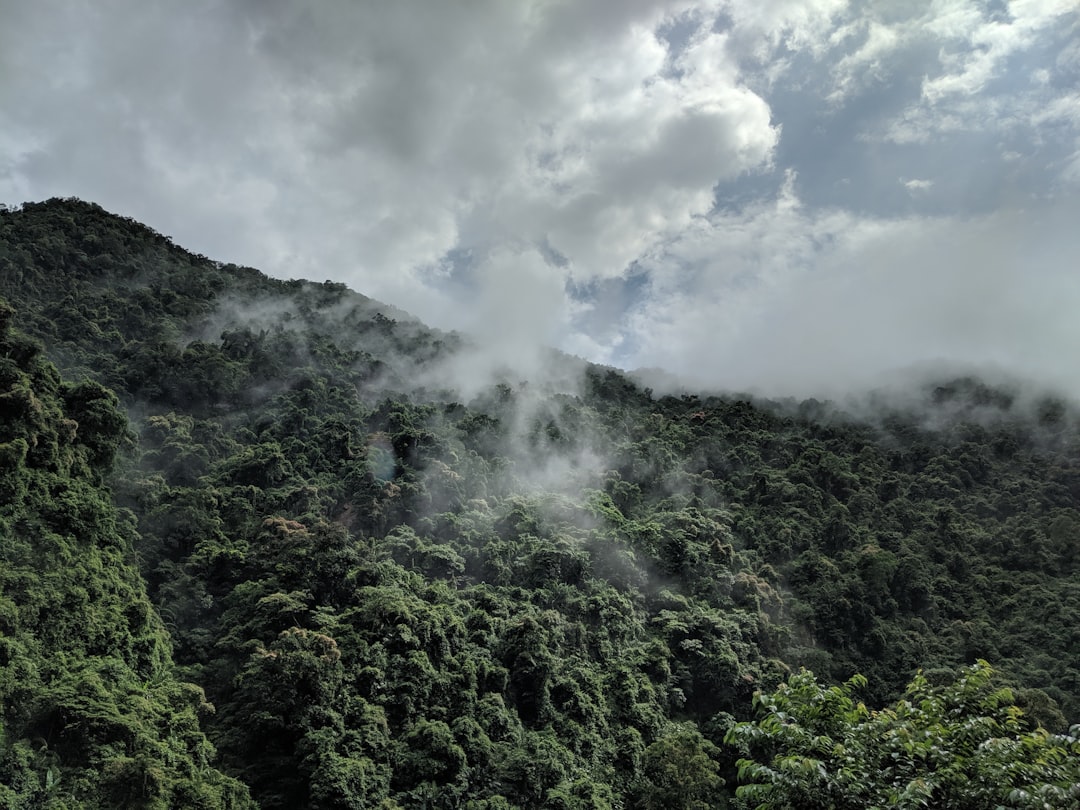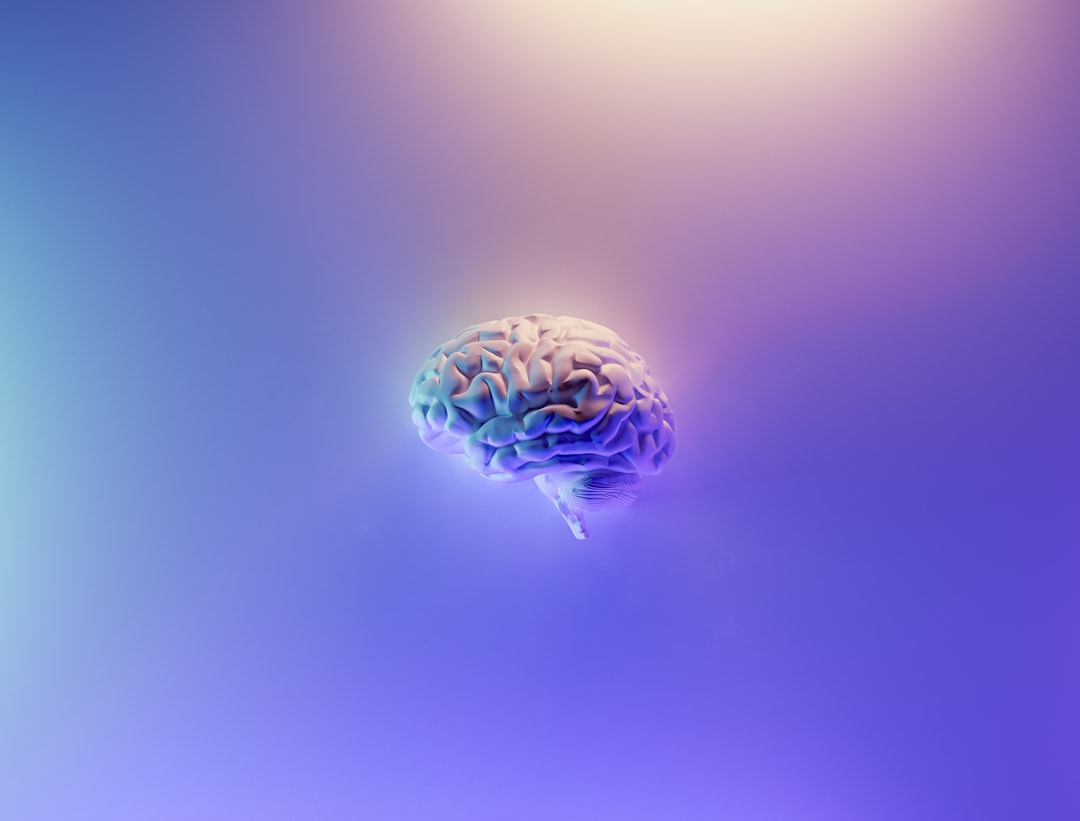What is it about?
Our cells rely on energy produced by numerous tiny intracellular structures called mitochondria. Mitochondrial dysfunction has been linked to a range of metabolic disorders and common conditions, including neurodegeneration and infertility. While we know that mitochondria exhibit dynamic characteristics with variable distribution and shapes within the cell, there is still much to discover about how these dynamics cater to developmental needs. This study described a large, singular clustering of mitochondria that formed in early sperm cells of many insect species, including mosquitos and cockroaches. The authors have coined the term "mitoball" to describe this mitochondrial aggregation in fruit flies, their primary model for detailed characterisation. The researchers further identified a protein called Milton to be essential for mitoball formation. When Milton is genetically disrupted, mitoball formation is hindered, and mitochondria become swollen, leading to a reduction in male fertility.
Featured Image

Photo by Dustin Humes on Unsplash
Why is it important?
This study presents the first characterisation of mitochondrial clusters formed during early insect spermatogenesis. It provides insights into the dynamic nature of mitochondria and how they can adapt to developmental needs. The discovery of similar mitochondrial clusters in many other insect species suggests mitoballs could be a conserved mechanism for maintaining sperm quality in insects. This provides the opportunity to discover novel targets for genetically engineering male sterility in pests and disease vectors. The discovery of Milton's significance in both mitoball formation and mitochondrial function encourages further exploration of its potential involvement in human male fertility, considering the shared functionality of Milton in mitochondrial trafficking between insects and humans.
Read the Original
This page is a summary of: Milton assembles large mitochondrial clusters, mitoballs, to sustain spermatogenesis, Proceedings of the National Academy of Sciences, August 2023, Proceedings of the National Academy of Sciences,
DOI: 10.1073/pnas.2306073120.
You can read the full text:
Contributors
The following have contributed to this page










